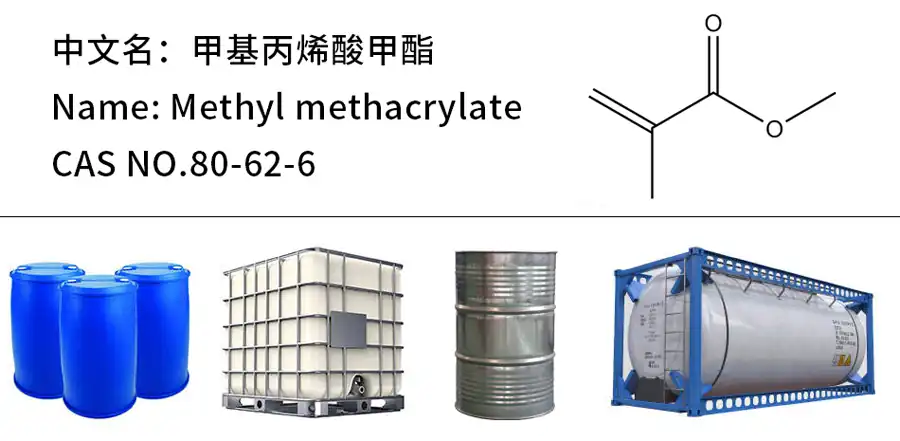Methyl methacrylate (MMA) is a monomer that readily undergoes free radical polymerization. It is prone to spontaneous polymerization during storage, transportation, and processing, which can lead to thermal runaway, increased viscosity, and even explosive polymerization accidents. Therefore, a certain amount of inhibitors or stabilizers are often added in industrial production to delay the occurrence of polymerization reactions.

Magnesium oxide (MgO) is a commonly used inorganic alkaline additive. Due to its strong surface alkalinity, good thermal stability, and moderate chemical inertness, it plays an important stabilizing and regulating role in MMA systems.
Here’s a breakdown of its functions:
- Absorption and Neutralization of Acidic Impurities:
- MMA monomers may contain trace amounts of methacrylic acid or other acidic substances, which can catalyze the thermal polymerization reaction of MMA.
- Magnesium oxide, being alkaline, can effectively absorb these acidic impurities, neutralize their catalytic activity, and inhibit spontaneous polymerization reactions.
- Trapping Free Radicals and Reducing the Rate of Spontaneous Polymerization:
- In MMA systems, free radicals are the source of initiation for polymerization reactions.
- Magnesium oxide’s surface possesses unsaturated active centers that can adsorb free radicals or initiator decomposition products, thereby reducing the concentration of free radicals in the system and delaying the polymerization reaction.
- Reaction with Initiators (e.g., Peroxides) to Form a Slow-Release System:
- In two-component curing systems (such as benzoyl peroxide-BPO and amine accelerator systems), magnesium oxide can adsorb the initiator or its decomposition products, allowing them to be released slowly. This results in a more stable and controllable curing process.
- Improving Thermal Stability and Safety:
- The addition of magnesium oxide can absorb a certain amount of the reaction heat, delaying the peak of the polymerization exotherm and preventing “thermal runaway and explosive polymerization.”
- Furthermore, as an inorganic material, it does not participate in the reaction or release gases, enhancing the thermal stability and safety of the system.
- Adjusting Initial Viscosity and Processing Performance:
- An appropriate amount of magnesium oxide helps control the initial viscosity of MMA during storage and use.
- It can provide a better processing window for the impregnation and spreading of MMA-glass fiber, MMA-stone powder, and other composite materials.
